Bob Weil has been a prominent name on the iPhone Photography scene for several years. His iPhone photography work is a varied mix of styles from candid shots through to mixed collage works of art. He co-manages the website iPhoneographyCentral.com, with Nicki Fitz-Gerald, which has long been one of the leading resources of information on the genre of iPhoneography.
Bob’s photography has been exhibited and showcased at a long list of prestigious events and exhibitions around the world. In 2013 he was selected as the iPhone Photographer of the Year by the iPhone Photography Awards (IPPA). His work has been exhibited at the Orange County Center for Contemporary Art in California and the Darkroom Gallery in Vermont. In 2012, five of his photos were recognised in the Mobile Photo Awards and he has had images exhibited at the Digital Art in New York City, the Los Angeles Mobile Arts Festival, at MacWorld and the Alexander Brest Museum in Jacksonville, Florida to name but a few.
As well as being an accomplished photographer, Bob has publishing the fantastic book ‘The Art of iPhone Photography’, and has recently released an online course, ‘iPhoneography with Bob Weil’.
I caught up with Bob and wanted to find out more about his photography, his books, workflow and courses.
How were you first introduced to iphone photography?
I purchased the very first iPhone about three weeks after it came out, and for the first three years simply used it to take candid family pictures, and enjoyed taking the occasional Hipstamatic shot since it was so easy to create something that looked good. Then, on a trip to Russia, I took the shot that won at the IPPA last year, and realized that the iPhone camera has some real benefits – always on, always with you, and easily deployed. With all my luggage packed in the trunk as we raced for the airport in St. Petersburg, there was no way I’d be able to get a picture with a “proper” camera, and yet I knew from the moment I captured the image of the girl in the high-heeled shoes through the frost-covered window of the SUV that I had a great shot.
From there, I just started picking up momentum as I started acquiring apps like popcorn and experimenting with them. I sold my Nikon D300 DSLR and my expensive lenses last year. (Which is just as well, because as an amateur, I just couldn’t justify having an $1,800 self-stabilizing zoom lens.)
How would you describe your style and approach to your photography?
Although I shoot my share of candid portraits (mostly of unwitting strangers in my local Starbucks) and landscapes/scenics, I have probably spend most of my time working on what I call conceptual iPhoneography – which consists of constructed images or collages of different elements I capture at different times. My goal is to present a narrative, object lesson or state of mind through the careful positioning of elements in a scene. You can learn a bit about my approach, and see examples of my work on the-mpas.com.
What apps do you use and is there a process or methodology that you apply to your post production editing?
Here is an illustration which describes my typical workflow (if there is such a thing). I do vary things up based on the needs of particular image or collage.
Workflow, for me, depends on the image and what I’m trying to accomplish. So sometimes it’s no more than a round trip through Snapseed (my favorite all-around editor) and Photogene4 (for more precise refinements) for greater Photoshop-style control of exposure, color balance and contrast/saturation.

That Terrible Impermanence of the Flesh ~ [ The Source Files ]
![Learn About the iPhone Photography and Amazing Art of Bob Weil 6 That Terrible Impermanence of the Flesh ~ [ The Final Image ]](https://www.mobiography.net/wp-content/uploads/2014/10/ThatTerribleImpermanenceOfTheFlesh_FINAL-564x564.jpg)
That Terrible Impermanence of the Flesh ~ [ The Final Image ]
How did your partnership with Nicki Fitz-Gerald and the iphoneographycentral.com website begin?
In late 2010, after returning from the business trip to Russia, I was looking at various iPhoneography-specific websites, and came across a posting on Nicki’s site asking for collaborative assistance in managing the portal. I immediately sent her an email, and we began a short correspondence followed by a deep dive into writing tutorials and curating a selection of Apps Uncovered images from the associated Flickr group on alternate weeks.
With Nicki you published the fantastic book ‘The Art of iPhone Photography’. How did the idea for the book come about and what was the aim behind its publication?
Nicki Fitz-Gerald and I co-wrote the book, ‘The Art of iPhone Photography’ (available on Amazon at a discount) which explores how 45 of today’s best iPhonegraphers from around the world conceived, composed, and created some of their finest and best-known pieces – all in their own words. Through a step-by-step presentation of each artist’s vision, creative decisions, and techniques, beginning through advanced iPhoneographers will immediately be able to apply what they learn and take their own photographic art to the next level.
Key features of the book include:
- A wide variety of styles and subjects: Landscapes, street photography, abstracts, architecture, portraits, collages, concept pieces, etc.
- Detailed tutorials: Example artworks from authors and contributing photographers accompanied by descriptions of how each piece was created from both a creative and technical standpoint
- Explanations for practical use of nearly 100 apps, including BlurFX, Camera+, Iris Photo Suite (now Laminar), Juxtaposer, Photogene2, Pixlr-o-matic, ScratchCam FX, Snapseed, Superimpose, and TouchRetouch
- iPhoneography gallery: A stunning showcase of works by notable iPhoneographers
The book was recently translated into German and published there.
Do you have any favourite artists from the book?
Well, I can safely say that since Nicki and I jointly curated the contributors, and even went so far as selecting the artwork that we wanted each artist to write about, I liked every piece of work. That’s not only the diplomatic answer, but the truth. Naturally, some styles are more appealing that others to my personal aesthetic, but all are top notch. I really appreciate a broad range of styles – as much as anything because my own work spans the gamut (I’ve drawn the line at selfies, though – you won’t see any of those from me!).
And of course, Nicki and I co-managed iPhoneographyCentral (both a website and Flickr group). In addition to periodic tutorials, artist interviews, product reviews and content announcements, we choose 12 images weekly from our Flickr group to feature on the website. We ask those selected to provide us with the apps they’ve used to create the image, as well as the backstory behind the conception, creation and finalization of the image.
You recently released a fantastic online course about iPhone photography. Tell us about this.
So many people have asked me how I create the work that I do, I decided to create a course consisting of nearly 10 hours of online videos that not only cover the creative and aesthetic decisions I make in approaching the conception of a piece, but the detailed step-by-step process I go through to create the piece, app by app. I even include the creative “dead-ends” and “mistakes” (and even the “happy accidents” that often result in some of my most interesting work). Through a subscription service, mobile photographers interested in learning new techniques can sign up to view the videos as often as they want, essentially forever. I carefully chose applications that either are available on both Apple and Android devices, or I’ve identified alternative apps that have the same or nearly the same capabilities as the iOS apps. I own a Samsung Galaxy 10.5 tablet, so I do several of the lessons on that platform.
How is the course structured and what can people expect to learn from it?
The course features approximately nine hours of direct instruction.
Specifically, the following are included:
- Five Videos on Photo Artistry Fundamentals
- Two Substantial Essays on Shooting Great Images and Making Them Look Fantastic
- Four Photo-Collage / Compositing Lessons (16 total videos).
- Three Landscape Artistry Lessons (9 total videos)
- Three Artistic Portraiture Lessons (10 total videos)
- Three Abstract Design Lessons (5 videos in place, more soon)
- A Huge “Master App List” with the descriptions and links to ALL the best apps
- Essays on Properly Managing (and Transferring) Your Images and Content, Getting Your Work Chosen for Exhibitions and Contests (+ 2 Interviews) and on Creating Stunning Prints of Your Best Work (+ 1 Interview).
Also included are:
- 24 Bonus Pro-Designed Textures (and a Bonus Training Video) by DistressedFX
- 24 Bonus Pro-Designed Textures by 2 Lil Owls Studio
- 12 Bonus Pro-Designed Overlays by Pixel Dust Photo Art
How can people sign up to the course?
Those interested in learning more and signing up can visit one of these two websites: www.iPhonePhotoArtist.com and www.AndroidPhotoArtist.com
We also have very active Facebook and Flickr groups for the course, where students share images for comment and input.
What are the biggest mistakes you see people making with their iPhone photography and what would be your top tips or words of wisdom be to them?
It may be a cliché to say that novice iPhoneographers take pictures of their food, or their shoes, or their shadow, or another sunset – but not far from the truth. It’s not that those subjects are inherently poor choices – I think the traditional photographer Matt Hardy really said it well:
“Beauty can be seen in all things; seeing and composing the beauty is what separates the snapshot from the photograph.”
To this you can add the words of Ansel Adams to reinforce that nothing about a great photograph is accidental:
“The single most important component of a camera is the twelve inches behind it!” This is true of any camera, whether it’s a DSLR or smartphone.
I would challenge iPhoneographers (really, photographers of any sort) to do the following:
Observe your world and study the masters
The key to success in any art form is to sharpen the eye through observation of the world and by studying the masters – and then working on one’s own images continuously to hone your skills. Whether it’s Cartier-Bresson or Caravaggio, Penn or Picasso, Ansel Adams or Andreas Achenbach, Bergman or Bunuel – I strongly recommend looking at the work of the great photographers, painters and filmmakers throughout the ages, and how they handle framing of the subject, lighting and color.
Master your tools
Once you’ve identified your favorite apps, work relentlessly to understand everything about them, and find new ways to apply and re-apply effects, layer and re-layer versions of images, and never be satisfied. Truly, “the good is the enemy of the great.”
Keep Experimenting
Finally, keep experimenting, trying different versions, saving intermediate results frequently (you may find that you like that earlier version more than the so-called “final” – especially once you see it on a couple of different computer monitors. Conversely, the artist who keeps going even after he thinks he’s got it “in the can” sometimes attains perfection in that next capture or edit he didn’t “need” to do.
Be your own toughest critic
Develop a critical eye and know which images should be left on the camera roll and which should be displayed on various social networks and submitted to shows. There are many images on my iPad that exist in twenty or thirty versions, but have never worked out satisfactorily, so I’ll never show them to anyone. Then again, there are shots that I’ve struggled with for a year, and then return to spontaneously with a new solution – and suddenly work beautifully.
Have fun and unleash your creative muse!
This is the most important rule of all. Many of the great artists and writers have approached their work with a spirit of play and discovery. I’ve used my photography as a window into different ways to see the world – to pause a moment and really see things that most of us walk right by every day. Not only will this approach refine your view of the world and hone your art, it will enhance your life immeasurably in ways you can’t yet imagine.
If you seek to live by this maxim, you’ll be a phenomenal success at whatever form of expression you take up:
“The real voyage of discovery consists not in seeking new landscapes, but in having new eyes.” – Marcel Proust
How do you see mobile photography developing. Do you think it will become more mainstream and accepted as a valid form of photography?
I used to think that this was an important question, but now I consider it to be of little concern to most of us, and even problematic as artists start to develop a style and name for themselves – as in, a question we shouldn’t spend any time thinking about. At the end of the day it should be irrelevant whether a great piece of art is created with a Nikon, and iPhone or a ham sandwich. There’s a great (probably apocryphal) story of a conversation between two friends – photographer Irving Penn and Ernest Hemingway:
Ernest Hemingway to Irving Penn: “Your photos are really good. What camera do you use?”
Irving Penn to Ernest Hemingway: “Your novels are excellent. What typewriter do you use?”
If it moves you, if it speaks to you, and feels timeless and without gimmickry (i.e., goes straight to the heart or head), then it’s art, worthy of the moniker. When I submit my work to “regular” galleries, I don’t even tell them how the work was created. The novelty has worn off, the bloom is off the rose – it’s war. There are people in one camp who say that you can’t do anything worthwhile with the digital equivalent of a Brownie camera (Google it). Why give them cause to pile on the rhetoric and vitriol? Now, I just don’t speak to the method and process, except when I submit to mobile-only shows.
We make our medium valid and legitimate by creating great work – no apologies and no need to anger the natives. I’m all for keeping the narrative about the work.
Where can people connect and follow you on the web?
My work can be found on Flickr – but as anyone who’s followed my stream will know – it starts to grow, and then I prune it of older (and even more recent work) that I just don’t think holds up. I’m fairly self-critical – so my body of work on Flickr has hovered around 230 for several years, even though I add an average of 2 – 3 pieces a month. It’s just that I end up pulling down almost the same number each month! I can also be reached at egraphic (at) ix.netcom.com

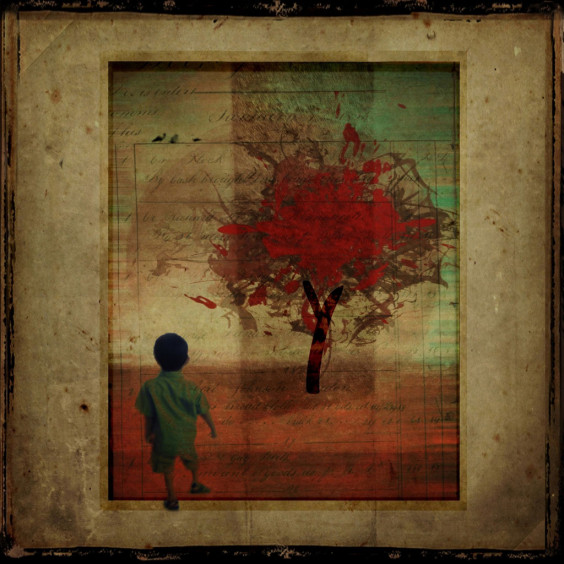
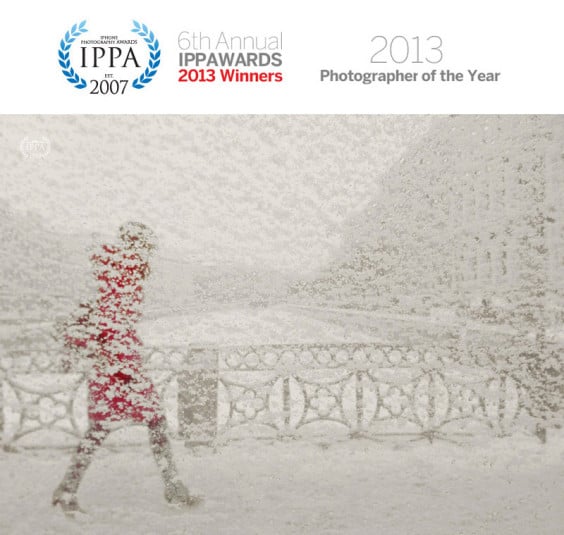

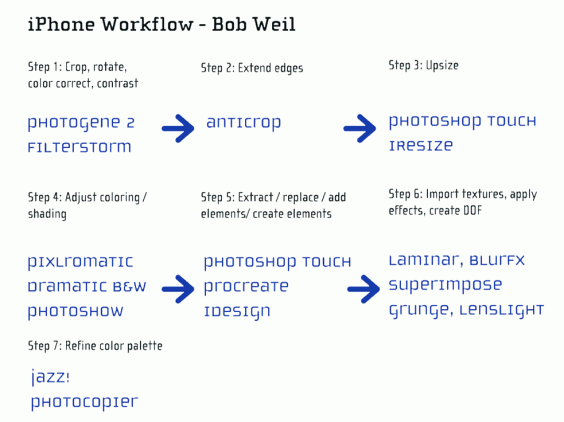
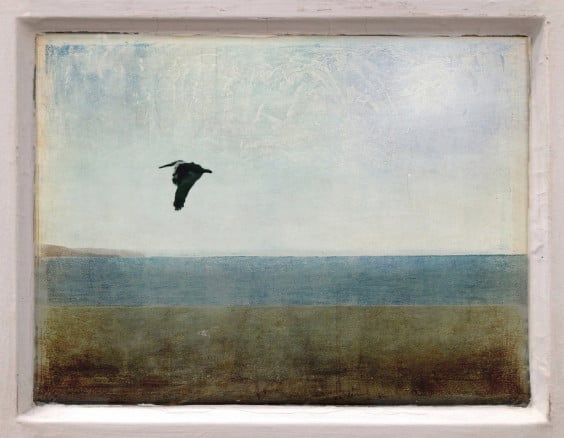
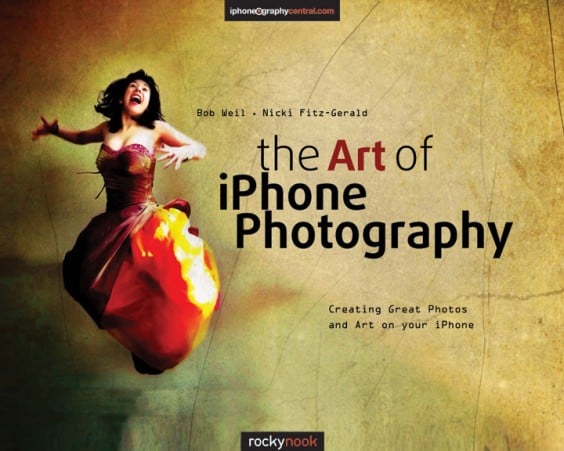
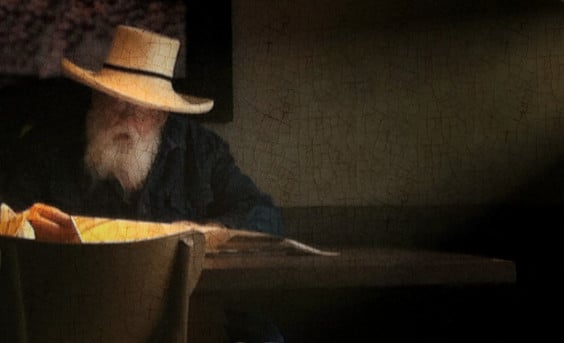
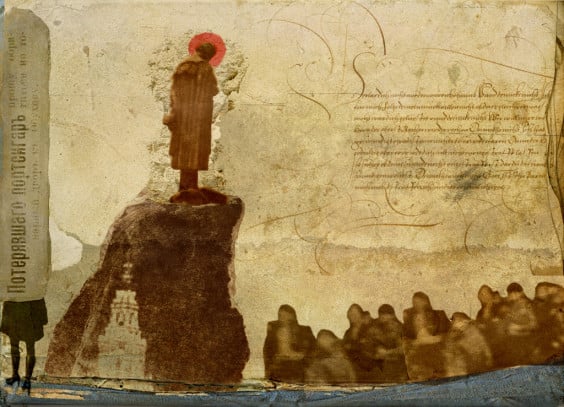
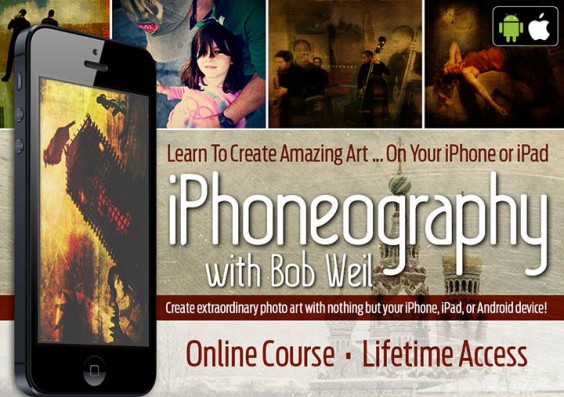
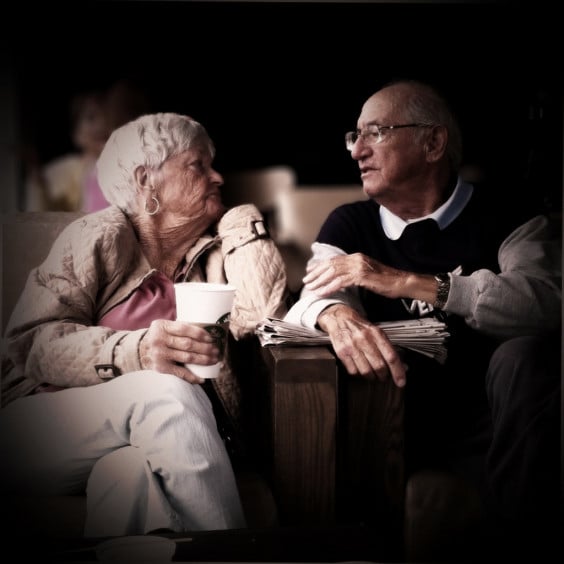
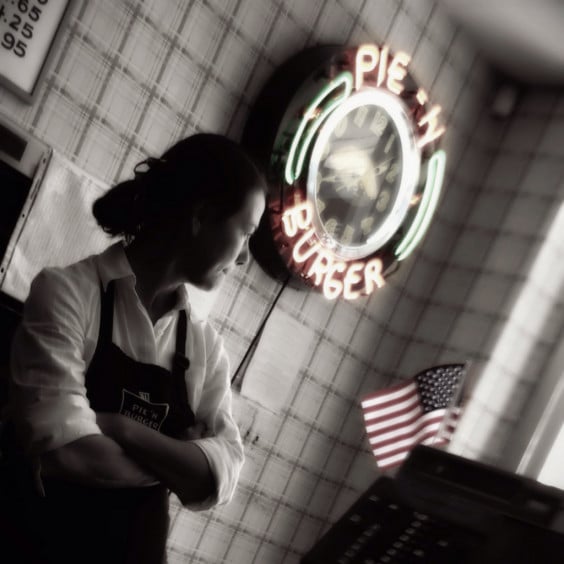





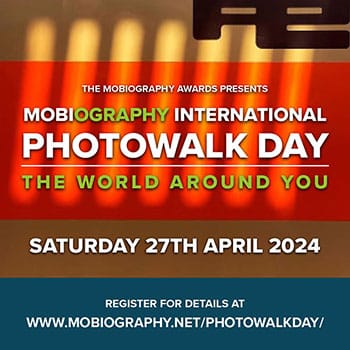

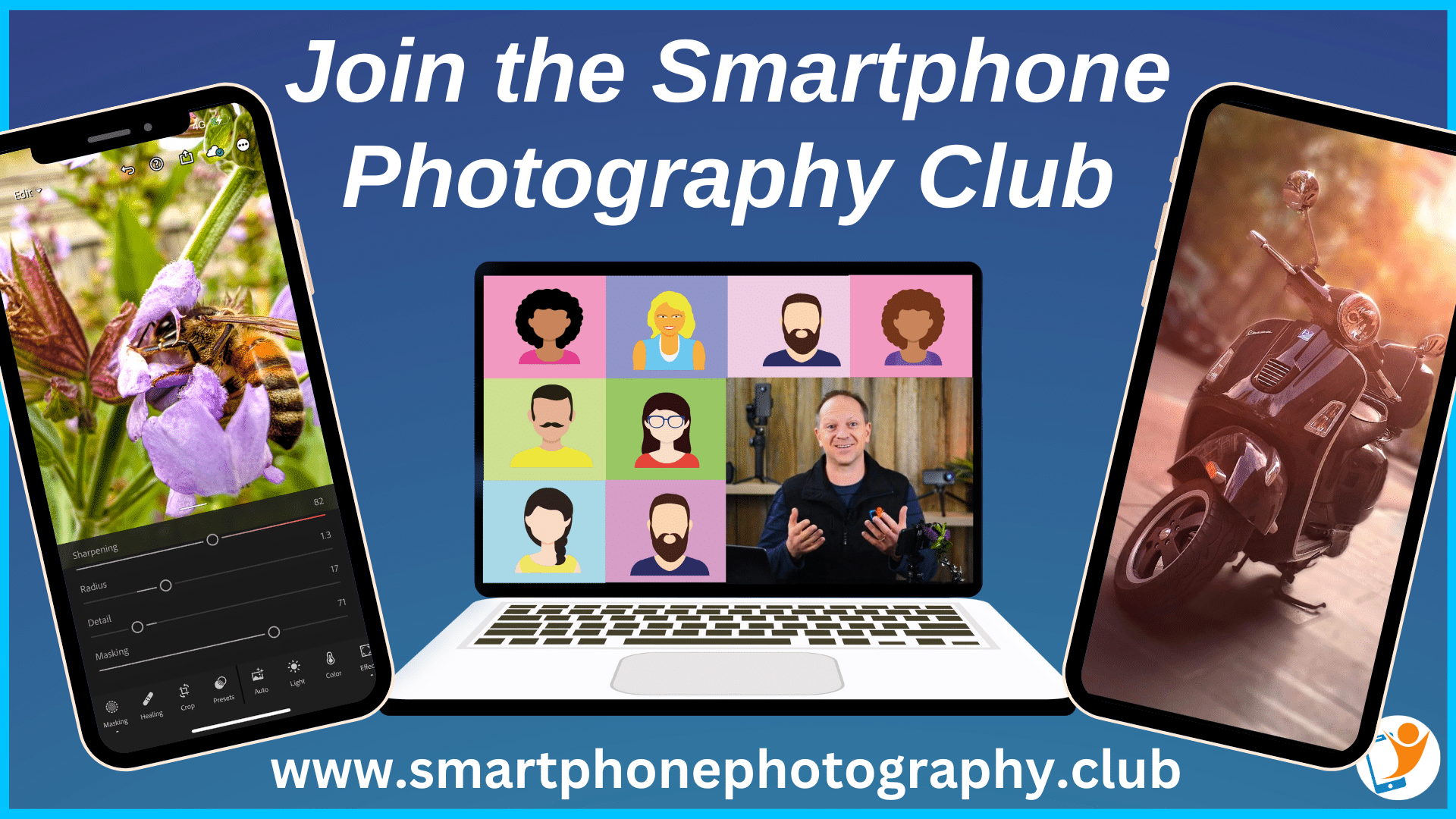
Wonderful interview with the talented Bob Weil. I am hoping to enjoy conversation and a photo shoot at his favorite coffee shop this coming year. It’s a shame we live so close and have yet to meet in person!
Wow, it would be a shame not to get together. Glad you enjoyed the interview.
Nice interview and lovely gallery of images.
I always learn something new from Bob even though I have known him for some time now. An engaging and interesting article. Thanks for generosity in sharing once again Bob.
Thanks for stopping by Nicki. Bob offered some great advice and insights here. I’m so pleased with the feature.
Such a rich, useful interview! Thank you both!